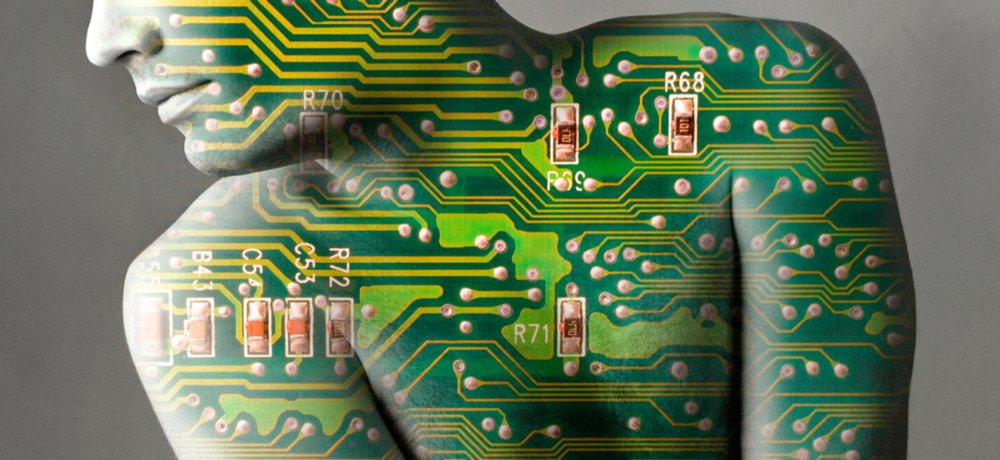Medical device and MedTech insights, news, tips and more
Let’s stick together: Why materials matter with skin-worn wearables
October 9, 2017

Medical wearables are intrinsic to digital health’s exciting future, but before a new skin-worn device hits the market, it must pass muster for biocompatibility, patient comfort and performance. Material suppliers and converters can help device makers through the material selection process.
 A digital healthcare revolution has started, and many across the medical ecosystem are engaged in it. This includes providers, patients, insurers, researchers, drug developers, materials suppliers, specialist converters, and, of course, medical device manufacturers. There also are many participants from outside the realm of the traditional medical establishment. These include cloud technology providers, software and app developers, battery and sensor specialists, mobile device makers and many others.
A digital healthcare revolution has started, and many across the medical ecosystem are engaged in it. This includes providers, patients, insurers, researchers, drug developers, materials suppliers, specialist converters, and, of course, medical device manufacturers. There also are many participants from outside the realm of the traditional medical establishment. These include cloud technology providers, software and app developers, battery and sensor specialists, mobile device makers and many others.
Wearable medical devices will play an important role in digital health’s evolution. They enable remote monitoring and anytime-anywhere care delivery, both associated with cost savings, convenience and, in some cases, better patient compliance with treatment plans. This ultimately can lead to more positive outcomes and higher-quality care. Skin-worn wearable devices offer a discreet way to gather vital signs or track physiologic metrics over extended time periods of one to two weeks, or even longer. These ‘smart patches’ also can be used for shorter tests and transdermal drug therapies.
As device makers race to bring new products to market, they can benefit from putting an early emphasis on material selection. Alliances with advanced materials suppliers and medical specialist converters can help this process move along smoothly. Ideally, device developers should forge partnerships with medical materials providers and converters well before they lock in specifications and file for regulatory approvals. That way, the partners can work together to evaluate the wearable project’s parameters and collaborate from the beginning on material selection. This approach reduces the likelihood that the device maker will need to switch out one material for another later in the game, which can cause significant delays.
First, a few basics
Navigating through wearable device material selection may seem like threading your way through a labyrinth of formulations, chemistries, constructions and regulations. To demystify the process a bit, it can be helpful to have a basic understanding of the adhesive materials that serve as wearables’ building blocks. While there are many variables to consider in selecting the right adhesive materials, there are two overarching classifications that provide a helpful framework for the decision-making process.
Read the Rest of the Story at the Source: Let’s stick together: Why materials matter with skin-worn wearables – Medical Plastics News
